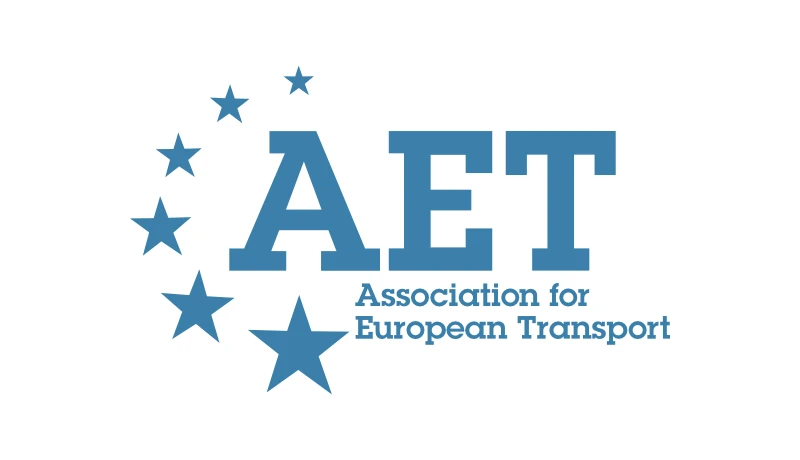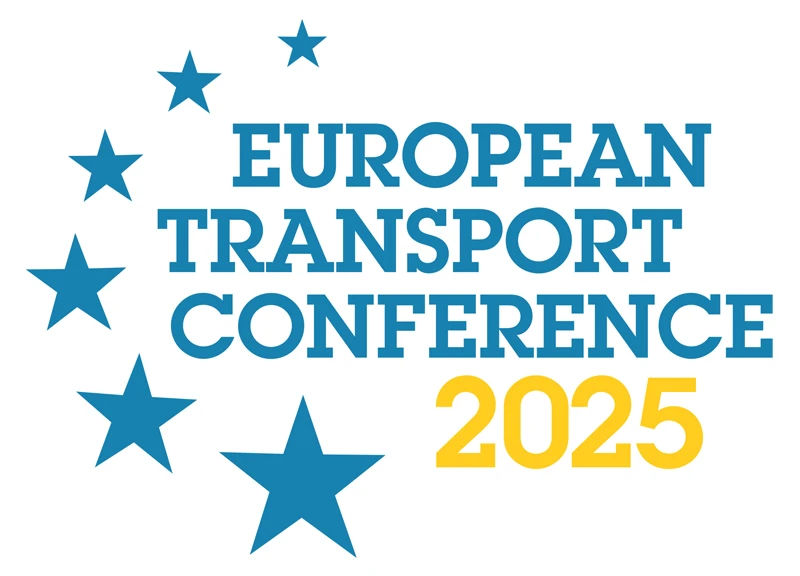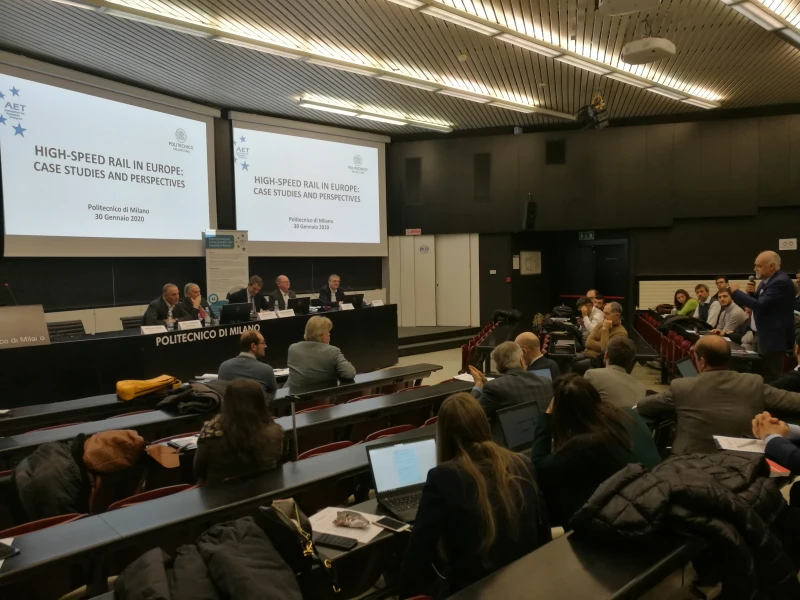-
Past ETC Papers
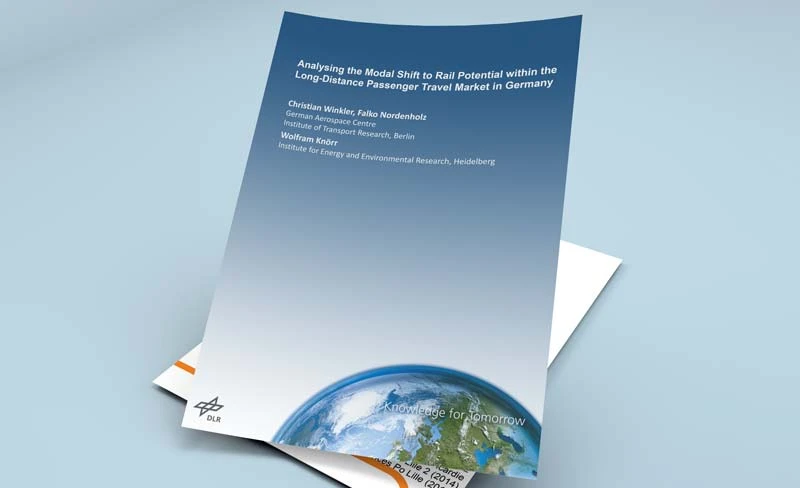
Browse, search and view papers from the past AET Conferences.
-
Members' Area
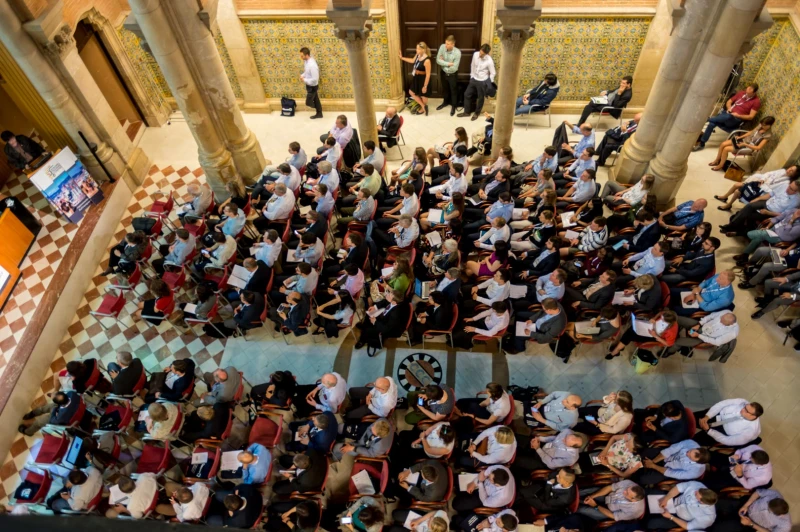
AET promotes networking and exchange of ideas, information and opportunities amongst members.
Conference Papers 2017
Barcelona, Spain
ETC Conference Papers 2017
Developing public transport OD matrices from GPS and smartcard data
Seminar
Day 1 (4 Oct 2017), Session 1, Big Data, 11:30 - 13:30
Status
Accepted, documents submitted
Submitted by / Abstract owner
Laurence Chittock
Authors
Laurence Chittock, Mott MacDonald, Suzanne Callighan, Mott MacDonald, Ben Mackley, Mott MacDonald
Short abstract
GPS data is used to determine buses’ service operations and is merged with smartcard data to determine passenger’s boarding locations. By sequencing the smartcard data we develop an approach to infer the alighting location based on the next trip.
Abstract
Public transport Origin-Destination (OD) matrices are a key component of transport demand analysis and forecast, and are typically derived from manually collected survey data. Data of this form is often difficult and expensive to collect as it requires the manual counting and interviewing of passengers at multiple sites throughout a city, and the data is normally only collected on a single weekday during months where no events or school holidays take place. Furthermore, these surveys only collect a sample of travel patterns and are potentially subject to misrepresentation as a result. At the same time, the use of smartcards as a method of payment for public transport is becoming commonplace throughout many European and global cities, with patronage of these systems replacing other means of payment. Automated data collection, where boarding events are recorded for individual smartcards, allow analysts to derive large scale and longitudinal travel patterns which can be used to replace traditional and expensive surveys. However, smartcard data alone can often only provide partial information with trips recorded at the fare stage and when a passenger boards.
In this paper, and building on the work of others (Munizaga and Palma, 2012), we demonstrate how GPS data can be used to determine buses’ locations in relation to their stops, and how this can be matched with smartcard data to provide boarding locations for most records. Using data from the city of Tbilisi in Georgia, where all publicly run buses are fitted with GPS devices, and smartcards are used for ~80% of bus and metro trips, we analyse individual’s trip chains to infer where they alighted using a similar approach to Gordon (2012). We demonstrate how this method can be applied to large datasets, encompassing the whole city across several days. This information is then used to build an OD matrix for bus and metro travel in the city which can be used as an input into a transport model, or used by planners to understand public transport usage in more depth than would be possible via survey data.
Documents:

Association For
European Transport
Forester House
Doctors Lane
Henley-in-Arden
Warwickshire, UK
B95 5AW
+44 (0) 15 64 793552
VAT number: 710 1866 64
Conference Supporters & Endorsers

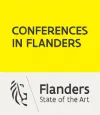


Legal Entity
The Association for European Transport is registered as an Association ('vereniging') with the Chamber of Commerce for Haaglanden in The Netherlands under company number 27170096.
Built on Zenario

